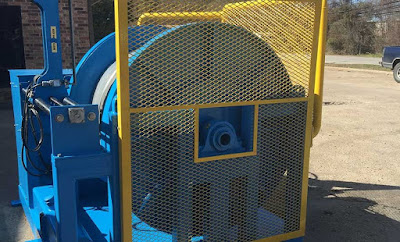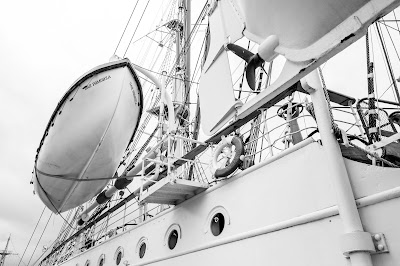Remotely operated vehicles play a key role in subsea operations, and our extensive portfolio focuses on effective heave compensated systems. The LARS is developed to handle the largest work class ROVs to absolute depths going above 4000 meters, implemented over the side or through the largest work class. Our techniques are developed, built and qualified with a high focus on soothing managing of umbilical and third-party equipment. With the cost and time loss, you experience with a broken wire, it is important for us to give techniques which help our customers to increase umbilical lifetime and minimize operation downtime. Safe handling of ROV equipment on outdoor deck is assured by the remote control pallet skid program that enables the full outdoor deck to be used.
Normally, ROV techniques are launched from the aft of a vessel or over one of the sides using Active Heave Compensation winches that allow them to operate in heavy seas.
Protecting the ROV
Often the most dangerous part of an ROV jump is the launch and recovery. Winds and sea swell have a tremendous impact on the release, function, and restoration of tethered vehicles from a vessel.
In heavy seas, pitch and roll can change the position of an automobile in relation to the water by many meters in seconds, causing potentially damaging snatch loads.
Strong winds can also cause unwanted activity of suspended equipment and powerful winds can even render launching impossible. Launch and recovery system is developed to make critical subsea functions safe and effective in the harshest environments worldwide. Methods are extremely reliable and accurate and are developed to hold up against extreme dynamic forces and are provided with a dynamic factor of 3.
Launching the automobile from the center of the boat reduces the effect of sea conditions as the center is the most constant place with regards to both pitch and roll. It also provides protection from the wind.
This ingenious winch and scientific research equipment allow ROV launch and operation in sea states far out of the reach of ordinary vessels. The protected launch and recovery significantly expands the functional screen, reducing costly downtime.
Precise and complicated program synchronizes ROV launch
The scientific research equipment used to produce the ROV through the center of the boat utilizes three different types of winches that run at different speeds. The control system includes functions, such as opening and closing the moon pool doors and computerized ROV alignment and emergency recovery features. Making this design work together as a fully automated system required accurate, advanced engineering and project management.
When we engineering and project management, we offer our skills right through the service process and follow that with a lifetime service dedication, and we explain the good reasons why self-tensioning and shock absorbing systems ensure team safety and widen the operational window for users.
Design options are available to cater for a variety of operator needs. Door selection takes into consideration ship design, a method of ROV launch and sea-state. Manages may be included in the management program of the Launch-and-recovery techniques (LARS) for a simple function.

